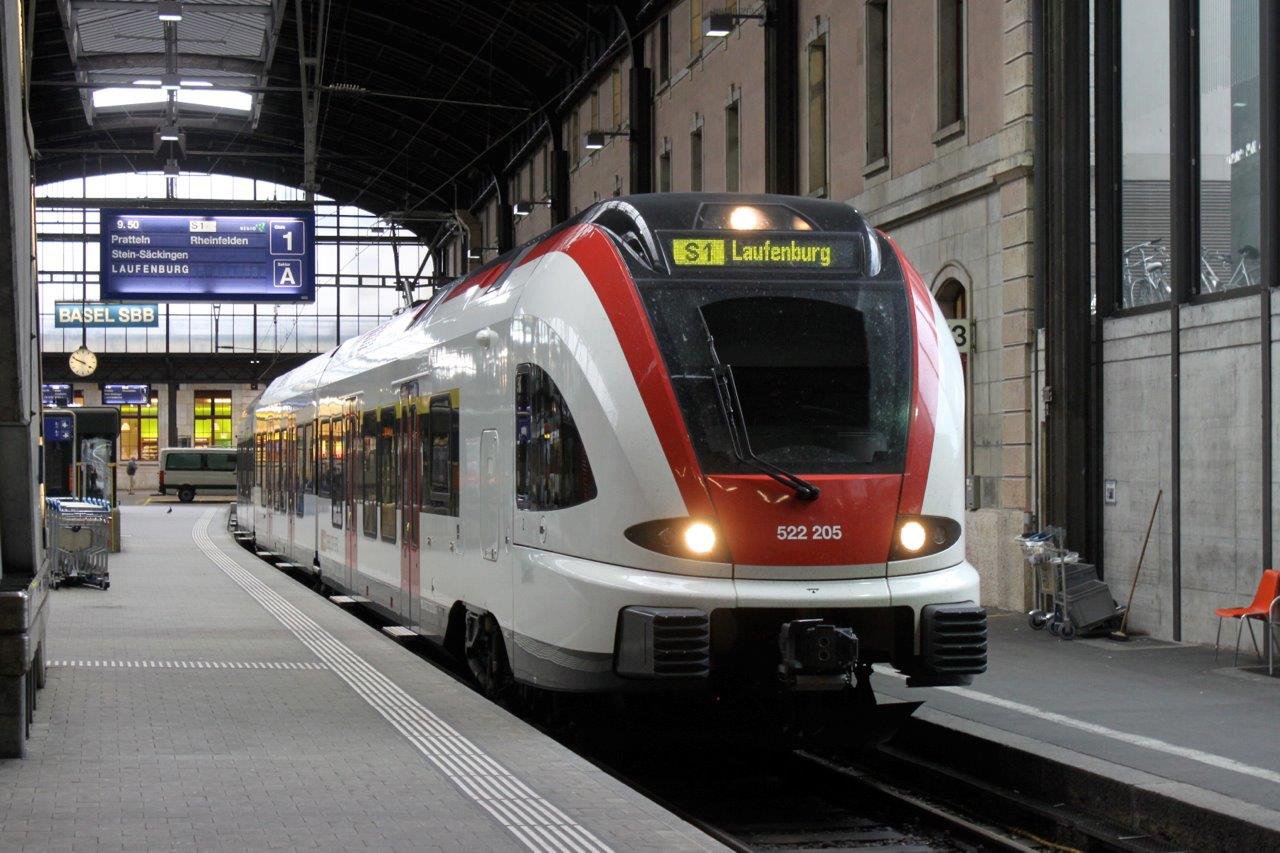
In the Otago Daily Times we have recently read many enthusiastic contributions arguing for the return of passenger rail to Dunedin and memorialising the golden days of rail travel before the Southerner was unceremoniously scrapped in 2002.
My contribution to the debate, however, will be different for one very pertinent reason: I am one of the people actually working to bring passenger trains back to the region.
My colleagues and I at the University of Otago last week submitted a report to the Parliamentary Inquiry into the future of inter-regional passenger rail in New Zealand. Our core message is simple: there are no economic reasons for the lack of a regular passenger rail service within New Zealand.
The evidence does not support a situation whereby a few tourist trains trundle around and everyone else depends upon expensive air travel, costly car ownership or slow buses. In countries with similar landscapes and small populations, Norway, Finland and Sweden, Scotland or even Hokkaido in Japan, for example, with per capita GDP similar to New Zealand (barring oil-rich Norway), intercity trains travel large distances between cities similar to Dunedin.
In Western Australia and Queensland, Japan, Taiwan, South Africa and Indonesia, trains run on the same gauge as New Zealand, and diesel or electric, can do 160kmh between urban centres.
How is this possible?
A level of economic maturity exists in these nations concerning the role of the state and subsidies, a condition known as "ordoliberalism", which is the role of the state in generating business and commerce. This means government and society recognise that rail will never be paid for by revenue alone, that a subsidy from taxation is required. Before dismissing this notion, please allow me to explain why governments do this: passenger rail generates commerce within the economy.
It brings extra footfall into city centres spending on retail. It allows individuals to travel between cities, spreading expenditure. It creates cheaper freight rates. On electric lines it reduces the need to spend hard currency on importing oil and gas. It reduces the economic loss from congestion (for example stationary traffic costs in the UK at $2 million an hour). Passenger rail diverts urban land use from parking to retail, services and manufacturing. All of this generates tax income and government uses simple logic to justify the subsidy: the extra taxation generated must be equal to, or exceed, the subsidy for rail.
However, we do this in New Zealand for Auckland and Wellington’s suburban rail transport systems, which asks the question: "where’s our cash for passenger or suburban rail in Dunedin?"
In the South Island we produce exports in agriculture, wine and resources that generate a surplus with the rest of the world. Many tourists from overseas spend their money here as well. Yes, the North Island has about 75% of the population and economy, but we are bringing in the foreign exchange that underpins the service-based tertiary economy of New Zealand.
Yet, when it comes to infrastructure spending, we are the poor relation, as Auckland and Wellington dominate spending. This is unfair. If South Island received infrastructure funding proportionate to its economic contribution to New Zealand — about 25% — we would have passenger rail between Christchurch, Dunedin and Invercargill, better roads and physical infrastructure. Hang on, though, even then isn’t our rail infrastructure completely dilapidated and at odds with passenger rail? Won’t it cost a fortune to fix?
Not at all. The rail lines are old yet perfect for passenger and rail freight to coexist.
Across New Zealand the tracks may need repair but modernising the national rail infrastructure based on existing technologies from countries such as Japan is the answer. Using the techniques and methods of Japan and applying these to New Zealand, will help boost capacity, introduce more passing points, schedule freight at night and create higher mean average speeds for passenger rail of 100kmh.
For example, on a straight line, Wellington to Palmerston North, Auckland to Hamilton or Timaru to Christchurch, speeds of 120kmh-160kmh are possible. On corners, trains tilting up to 8deg into the curve, either passively as a pendulum or actively using computer-controlled hydraulics, will reduce times. With this technology, London to Glasgow times fell from just under seven hours to four and a-half hours by 2010.
In Hokkaido in Northern Japan, with countryside just like our own, a fleet of futuristic diesel railcars travel hundreds of kilometres between cities with populations the same as Dunedin, many times a day. We propose that New Zealand build a New Silver Fern with tilting technology, a fleet of up to 40 three-carriage railcars that would be electro-diesel and can run across all of New Zealand, using electricity on the North Main Trunk Line and diesel where electrification does not exist. The fleet can transfer between North and South Island based on need, having economies of scale being a single, unified fleet. It will travel at speed on straight track and tilt through the curves. It will be future-proofed if we decide — as we should due to global warming and our surplus of renewable energy — to electrify the rail lines in the South Island. The designs already exist, such as the Hitachi A-Train or the Stadler FLIRT, the latter being attractive, as Stadler is manufacturing a new fleet of locomotives for the South Island. This will allow rail to be faster city centre to city centre than air, including Auckland to Wellington, while at the same time, based on current technology, using one-eighth the fuel an aircraft would use on the same route.
By the way, Stadler FLIRTS are also the suburban train of choice for small cities such as Dunedin reintroducing suburban rail ...
However, I will finish with another question: who is the minister for the South Island?
There isn’t one and that is why we are overlooked for funding on infrastructure and rail. We need an advocate in central government because the North Island is too dominant, with resources being taken up by Auckland and Wellington. Scotland had a dedicated minister before the parliament returned, and it made a difference, but I am not proposing devolution, just that decisions such as passenger rail, or our new hospital and the future of the Hillside workshops are not made hundreds of kilometres away by politicians who may have nothing to do with the South Island or Otago or Southland but by dedicated ministers dedicated to the unique needs of our island, region and city.
That is the key to the future of passenger rail in New Zealand, the South Island, Otago, Southland and our beautiful city, Dunedin, whose population has but one vice, a surplus of civic pride and yet are denied their voice and fair share from the Beehive. With the application of the art of the achievable, passenger and suburban rail is possible, because it is done elsewhere in similar circumstances in a cost-effective way.
We must make sure the distant and detached politicians in Wellington hear our voice and start paying attention to our needs to bring economic development and progress to our city and region.
With our proposals we will see regular trains leaving for Invercargill and Christchurch and a simple commute from Mosgiel far sooner than we realise, a simple and cost-effective way of bringing back passenger rail to New Zealand and the South Island, to see our beautiful station not just as a piece of cultural heritage but become a living, breathing hub of the community.
- Duncan Connors is a senior lecturer at the University of Otago’s School of Business.












